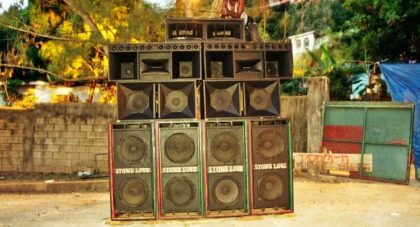The Bay Area convergence of art, technology, drugs, and other disciplines is well-documented, but one mostly forgotten node is the San Francisco Radical Laboratory at 759 Harrison Street. The home base of composer Doug McKechnie and electrical engineer Bruce Hatch . . .
Only the good shit. Aquarium Drunkard is powered by its patrons. Keep the servers humming and help us continue doing it by pledging your support.
To continue reading, become a member or log in.


